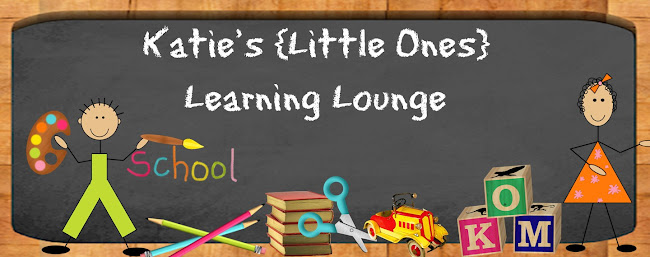In the Tall, Tall Grass also served as part of our take-home literacy activity packets for our weekly homework. I created a mini-book based on the activity. We read the story several times throughout the course of the week so that children are familiar with and can "read" it to their families while working on the homework activities.
First, we decorated the planting pots as "heads," as we were trying to grow "grass hair" on the heads. The children had fun doing this - some understood the concept more than others, but either way, the activity was enjoyed! We then took great delight in digging in the dirt and did the children did extremely well considering that four were asked to share each small bucket of dirt. We used small plastic spoons to "shovel" the dirt into our pots to help enhance the fine motor skills of those in need! The grass is really starting to fill in now... 3 weeks later. I had hoped to use wheat grass as it is the wider-blade grass that seems to grow and fill in quicker, however, I wasn't able to find any when I was at the store, so I ended up with a different, finer variety. For next year, I will definitely make sure to locate the wheat grass somewhere!
After reading, we again discussed what plants "need" in order to grow. Children came up with the obvious basics - water, sun, dirt. This made it really fun to watch their excitement over their beans sprouting in the paper towels and baggies! Each small group tackled a different way of planting - in the baggies with the moist paper towels or in the soil. We then switched, allowing the children the opportunity to experience both planting styles.
 In order to keep this a true learning experience, we did NOT interfere with the children at all during the planting and those who chose not to listen did, ultimately see the results - beans that did not sprout because they were drowned in water or buried too deeply in the soil. At first, they were very upset to realize that their seeds had not sprouted, but quickly came to accept that not all plants will survive. Notice in the picture to the right that the two plants on the bottom did not sprout - the one on the left was drowned with too much water. The one on the right was not placed inside (or against) the moist paper towel.
In order to keep this a true learning experience, we did NOT interfere with the children at all during the planting and those who chose not to listen did, ultimately see the results - beans that did not sprout because they were drowned in water or buried too deeply in the soil. At first, they were very upset to realize that their seeds had not sprouted, but quickly came to accept that not all plants will survive. Notice in the picture to the right that the two plants on the bottom did not sprout - the one on the left was drowned with too much water. The one on the right was not placed inside (or against) the moist paper towel.  It was interesting to discover that the bean seeds that were started in the moist paper towel sprouted (and grew) much better than the seeds that were planted in the soil. (One of only three sprouting in soil is shown to the right, on the very right hand side of the cup... somehow, some grass seed made it into our bean plants, as well)! Our beans planted in soil were actually a disappointment - perhaps due to the size of the cup? Or cheap soil? I'm not sure which! There are only a few beans sprouting that were planted in soil... but hopefully, they're just slower to sprout!
It was interesting to discover that the bean seeds that were started in the moist paper towel sprouted (and grew) much better than the seeds that were planted in the soil. (One of only three sprouting in soil is shown to the right, on the very right hand side of the cup... somehow, some grass seed made it into our bean plants, as well)! Our beans planted in soil were actually a disappointment - perhaps due to the size of the cup? Or cheap soil? I'm not sure which! There are only a few beans sprouting that were planted in soil... but hopefully, they're just slower to sprout!In any case, the children have really enjoyed planting and the experiments surrounding the planting. This is only the beginning of the excitement that the children are experiencing, so check back for more!
Resources:
Fleming, Denise.
In the Tall, Tall Grass.
1995.
Henry Holt and Co.
Purchase In the Tall, Tall Grass.
Rockwell, Anne.
One Bean.
1999.
Walker Childrens.
Purchase One Bean.
Coming Up Next: In the Tall, Tall Grass Take-Home Literacy Activities
Tweet
If you're interested in finding out more information about any of the books reviewed or if you'd like to purchase the books, click the cover image for a link to Amazon.com. I am an Amazon Affiliate, so any purchases you make after clicking these images will result in my receiving a small percentage of the sale price!









